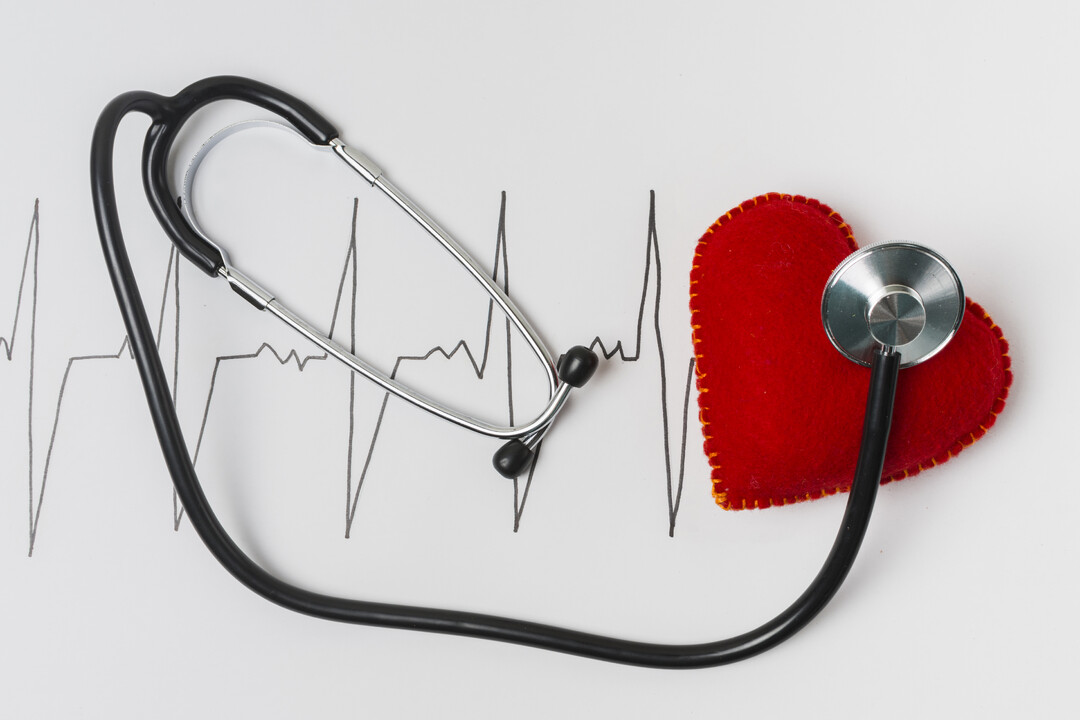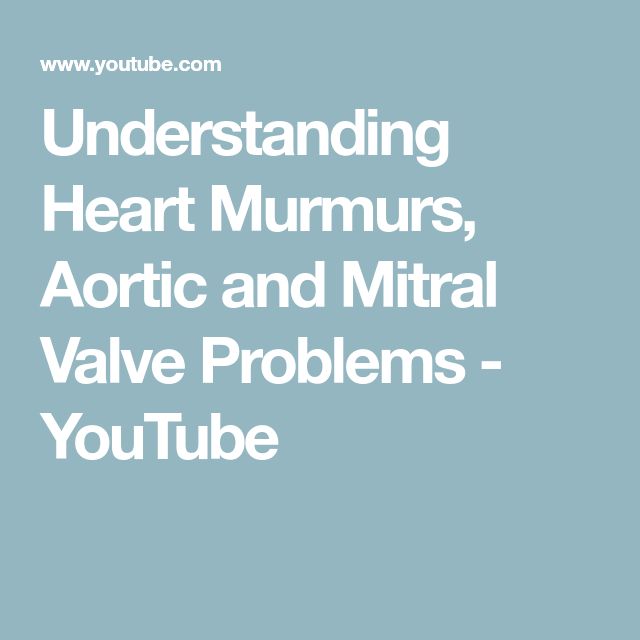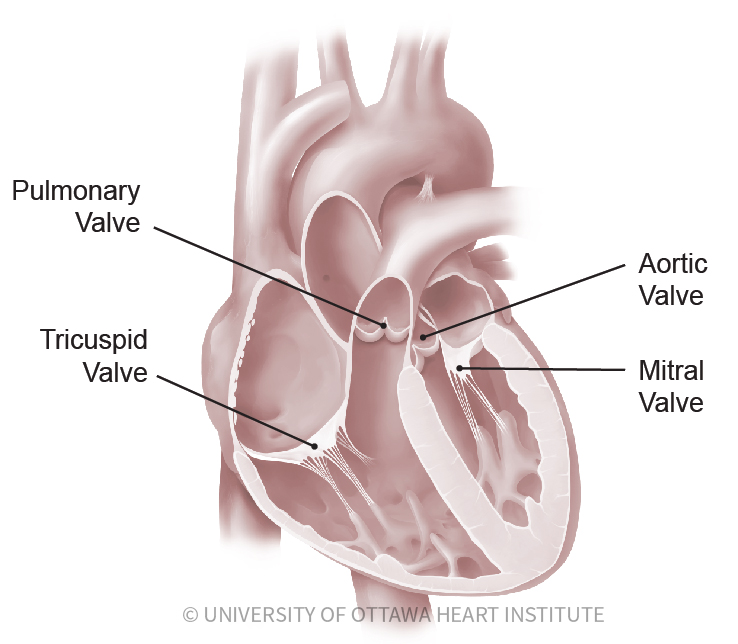Complete Valve Guide Understanding Heart Health

The human heart, a remarkable organ that pumps life into our veins, has long fascinated medical professionals and the general public alike. The intricacies of its functioning, the mechanisms that keep it healthy, and the implications of any disruptions are topics of utmost importance. Among the myriad components of the cardiovascular system, valves play a pivotal role, ensuring the smooth flow of blood and maintaining the rhythm of life. In this comprehensive guide, we will delve into the world of heart valves, exploring their anatomy, function, potential issues, and the cutting-edge treatments that are revolutionizing cardiac care.
Unraveling the Complexity: An Introduction to Heart Valves

Heart valves, often overlooked in our daily lives, are the unsung heroes of our cardiovascular system. These intricate structures are designed to facilitate the unidirectional flow of blood, preventing backflow and ensuring the efficient pumping action of the heart. Located between the chambers of the heart and at the points of blood vessel exit, valves consist of leaflets or cusps that open and close with each heartbeat, a process that occurs thousands of times a day.
The four main valves of the heart are the mitral valve, the tricuspid valve, the aortic valve, and the pulmonary valve. Each has a specific function and is named based on its location and the direction of blood flow it controls. The mitral and tricuspid valves, positioned between the atria (upper chambers) and ventricles (lower chambers), regulate the flow of blood into the ventricles. On the other hand, the aortic and pulmonary valves control the exit of blood from the heart, with the aortic valve managing the flow into the aorta and the pulmonary valve controlling the blood flow into the pulmonary artery.
The Anatomy of Heart Valves: A Deeper Look
Heart valves are complex structures, composed of several layers and designed to withstand the continuous pressure and flow of blood. The leaflets, or cusps, are the primary components of the valve, responsible for opening and closing. These leaflets are attached to the surrounding tissue, known as the annulus, which provides the structural support necessary to maintain the valve’s integrity. In addition, chordae tendineae, thin cords of tissue, connect the leaflets to the papillary muscles, ensuring that the valves open and close properly and preventing them from prolapsing into the atria.
| Heart Valve | Location | Function |
|---|---|---|
| Mitral Valve | Between Left Atrium and Left Ventricle | Allows blood flow from the left atrium to the left ventricle |
| Tricuspid Valve | Between Right Atrium and Right Ventricle | Permits blood flow from the right atrium to the right ventricle |
| Aortic Valve | Between Left Ventricle and Aorta | Controls blood flow from the left ventricle into the aorta |
| Pulmonary Valve | Between Right Ventricle and Pulmonary Artery | Regulates blood flow from the right ventricle into the pulmonary artery |

The precise architecture of heart valves allows them to function optimally under various conditions. For instance, the mitral and tricuspid valves, known as the atrioventricular valves, have a more complex structure due to their location and the pressure they must withstand. They have two or three cusps, respectively, which open and close to allow blood flow into the ventricles during diastole and prevent backflow during systole. On the other hand, the aortic and pulmonary valves, called the semilunar valves due to the crescent-shaped cusps, have a simpler structure. These valves are designed to withstand the higher pressure of blood leaving the heart and are pushed open by the force of blood flow.
Valvular Heart Disease: Understanding the Challenges

While heart valves are designed to function seamlessly, they are not immune to issues. Valvular heart disease (VHD) encompasses a range of conditions that affect the structure and function of these vital components. These conditions can lead to serious complications, including heart failure, arrhythmias, and even death if left untreated. Recognizing the signs and symptoms of VHD and understanding the underlying causes is crucial for timely intervention and effective management.
Types and Causes of Valvular Heart Disease
Valvular heart disease can manifest in various forms, each with its own set of causes and symptoms. The most common types include:
- Valvular Stenosis: This occurs when a valve becomes narrowed or stiff, making it difficult for blood to flow through. Stenosis can be caused by a buildup of calcium or other substances on the valve leaflets, leading to a reduction in their flexibility and mobility.
- Valvular Regurgitation (Insufficiency): In this condition, a valve fails to close properly, allowing blood to leak back into the chamber it was just exited from. This can be caused by damage to the valve leaflets, such as from rheumatic fever, or an enlargement of the valve annulus.
- Valvular Prolapse: Valvular prolapse, often seen in the mitral valve, occurs when a leaflet bulges or prolapses back into the atrium during ventricular contraction. This can be caused by degeneration of the chordae tendineae or an abnormality in the valve structure itself.
Other less common forms of VHD include atresia, where a valve is absent or poorly developed, and dysplasia, where the valve structure is abnormal. These conditions are often congenital and require specialized management.
Recognizing the Signs and Symptoms
The symptoms of valvular heart disease can vary depending on the type and severity of the condition. Some individuals may experience no symptoms at all, especially in the early stages. However, as the disease progresses, common symptoms may include:
- Shortness of breath, especially during physical activity or when lying flat
- Fatigue and weakness
- Swelling in the legs, ankles, and feet (edema)
- Irregular heartbeat or palpitations
- Chest pain or discomfort
- Dizziness or fainting
It's important to note that these symptoms can also be indicative of other cardiac conditions, so a thorough medical evaluation is necessary for an accurate diagnosis.
Diagnosis and Treatment: Navigating the Path to Health
Diagnosing valvular heart disease often involves a combination of clinical evaluation, imaging tests, and sometimes, cardiac catheterization. Healthcare providers will take a detailed medical history, perform a physical examination, and may order tests such as an echocardiogram, electrocardiogram (ECG), chest X-ray, or cardiac MRI to assess the structure and function of the heart valves.
Treatment Options for Valvular Heart Disease
The treatment approach for VHD depends on the type and severity of the condition, as well as the patient’s overall health. Management strategies can range from close monitoring and lifestyle changes to medical therapies and surgical interventions. Here are some of the key treatment options:
- Lifestyle Modifications: Making healthy lifestyle choices can significantly impact heart health. This includes maintaining a balanced diet, engaging in regular physical activity, managing stress, and avoiding harmful habits like smoking.
- Medical Management: Medications are often prescribed to manage symptoms and slow the progression of VHD. These may include diuretics to reduce fluid buildup, beta-blockers to slow the heart rate and lower blood pressure, and anticoagulants to prevent blood clots.
- Surgical Intervention: For more severe cases, surgical procedures may be necessary. These can include valve repair, where the surgeon fixes the existing valve to restore its function, or valve replacement, where a damaged valve is replaced with a mechanical or biological valve. Minimally invasive procedures, such as transcatheter aortic valve replacement (TAVR), are also becoming increasingly common.
Emerging Technologies and Innovations
The field of cardiovascular medicine is rapidly evolving, with new technologies and procedures constantly being developed to improve patient outcomes. Some of the most exciting innovations in the treatment of valvular heart disease include:
- Transcatheter Valve Therapies: These procedures, such as TAVR and transcatheter mitral valve repair (TMVR), allow for the replacement or repair of heart valves without the need for open-heart surgery. They are less invasive, have shorter recovery times, and are particularly beneficial for high-risk patients.
- 3D Printing and Customized Valves: 3D printing technology is being used to create customized heart valves, tailored to the specific anatomy of each patient. This personalized approach can improve valve function and reduce the risk of complications.
- Gene Therapy and Regenerative Medicine: Researchers are exploring the use of gene therapy to repair damaged heart valves and promote the growth of new valve tissue. This field holds great promise for the future of VHD treatment.
Living with Valvular Heart Disease: A Journey to Wellness
Living with valvular heart disease can present unique challenges, but with the right support and management strategies, individuals can lead fulfilling lives. Here are some key considerations for those living with VHD:
Lifestyle Adjustments
Adopting a heart-healthy lifestyle is crucial for managing VHD. This includes maintaining a balanced diet, rich in fruits, vegetables, whole grains, and lean proteins. Reducing salt intake can help control blood pressure and fluid retention. Regular physical activity, tailored to individual capabilities, can improve cardiovascular fitness and overall well-being. It’s important to consult with a healthcare provider to develop a personalized exercise plan.
Medications and Compliance
For many individuals with VHD, medications are an essential part of their treatment plan. It’s crucial to take medications as prescribed and to understand their purpose and potential side effects. Regular communication with healthcare providers can help manage any medication-related concerns and ensure optimal treatment outcomes.
Emotional and Social Support
Living with a chronic condition like VHD can be emotionally challenging. It’s important to seek support from loved ones and consider joining support groups or online communities where individuals with similar experiences can share their journeys. Mental health professionals can also provide valuable guidance and support in managing the emotional aspects of living with VHD.
Regular Medical Follow-up
Close monitoring and regular medical check-ups are essential for individuals with VHD. These visits allow healthcare providers to assess the progression of the disease, adjust treatment plans as needed, and address any new symptoms or concerns. Staying proactive and engaged in one’s own health is key to successful management.
Conclusion: Embracing a Heart-Healthy Future

Understanding heart valves and the conditions that affect them is a crucial step towards promoting cardiovascular health. With advancements in medical technology and a growing understanding of valvular heart disease, we are better equipped than ever to diagnose, treat, and manage these conditions effectively. By combining cutting-edge treatments with healthy lifestyle choices, individuals with VHD can look forward to a brighter, healthier future.
This comprehensive guide has provided an in-depth exploration of heart valves, their function, and the challenges they may face. By recognizing the signs and symptoms of valvular heart disease and seeking timely medical care, individuals can take control of their cardiac health and embrace a life filled with vitality and well-being.
What are the common risk factors for developing valvular heart disease?
+Risk factors for valvular heart disease include aging, certain medical conditions like rheumatic fever or endocarditis, and a family history of heart valve problems. Lifestyle factors such as smoking, obesity, and a sedentary lifestyle can also increase the risk.
How is valvular heart disease diagnosed?
+Diagnosis of valvular heart disease often involves a combination of medical history, physical examination, and diagnostic tests such as echocardiography, electrocardiogram (ECG), chest X-ray, or cardiac catheterization. These tests help assess the structure and function of the heart valves.
What are the treatment options for valvular heart disease?
+Treatment options for VHD depend on the type and severity of the condition. They may include lifestyle modifications, medical management with medications, and surgical interventions such as valve repair or replacement. Emerging technologies like transcatheter valve therapies offer less invasive options.
Can valvular heart disease be prevented?
+While some forms of valvular heart disease, especially congenital conditions, cannot be prevented, adopting a heart-healthy lifestyle can reduce the risk. This includes maintaining a balanced diet, regular exercise, managing stress, and avoiding harmful habits like smoking.



